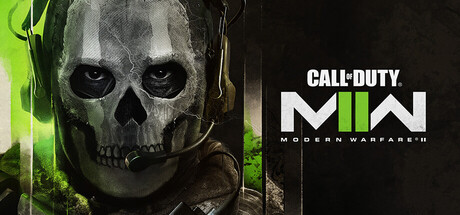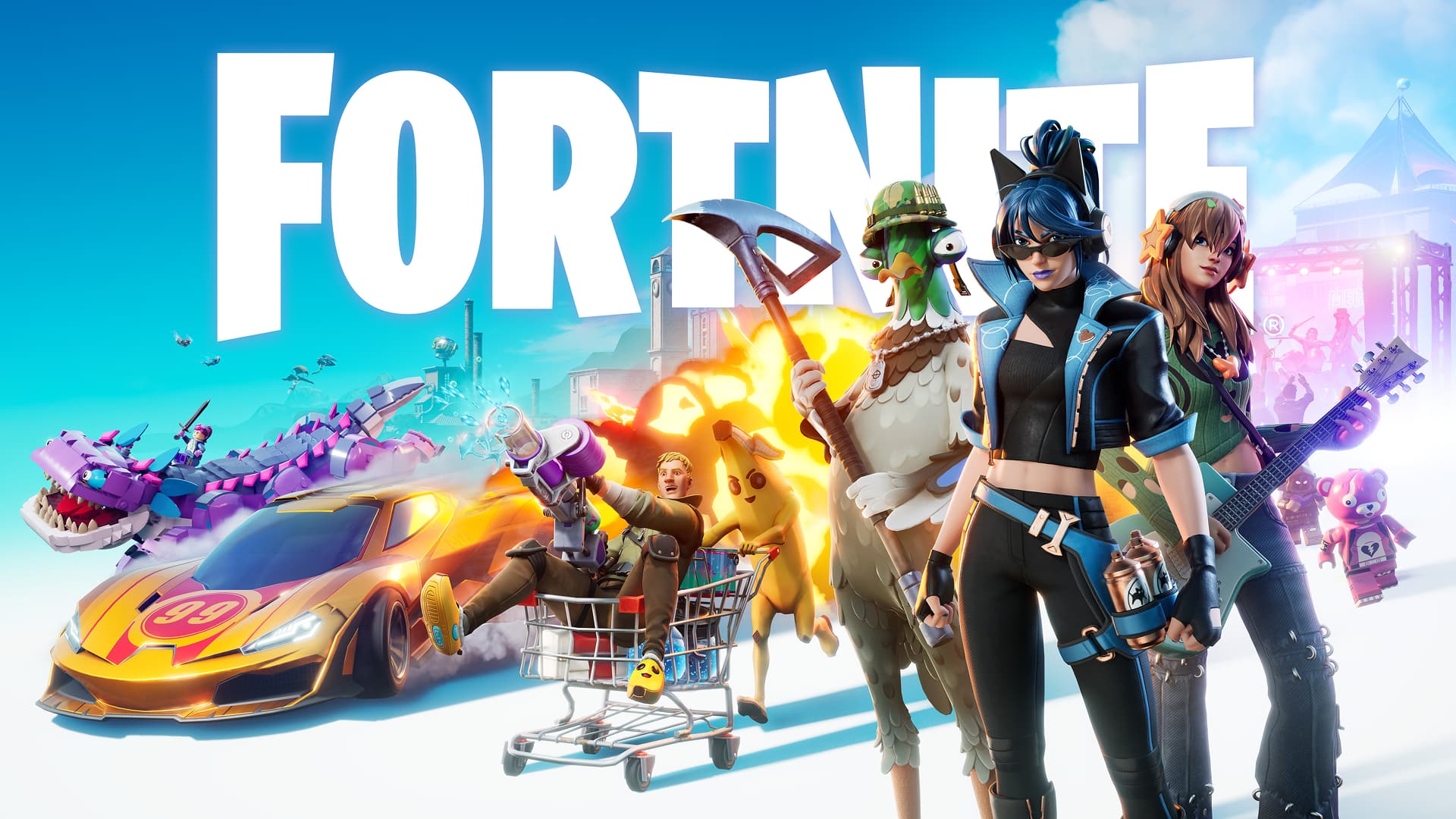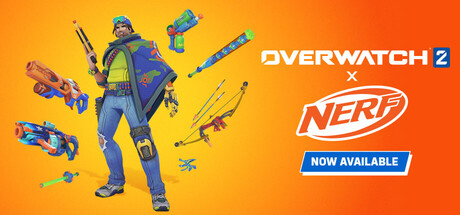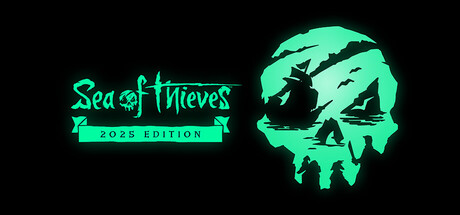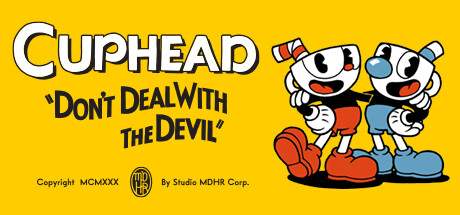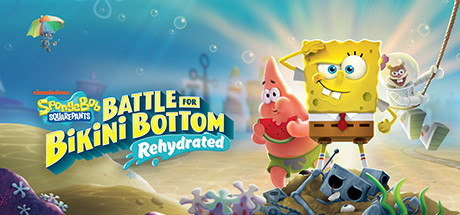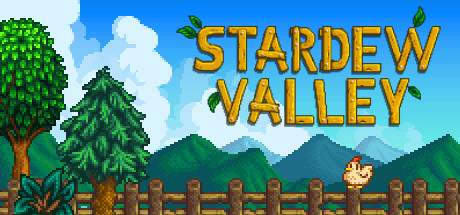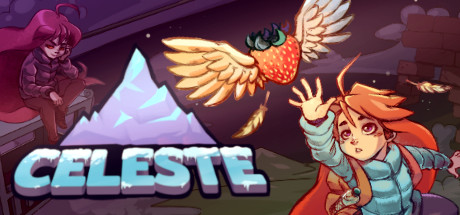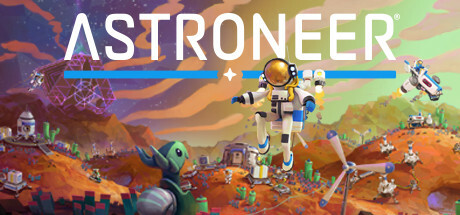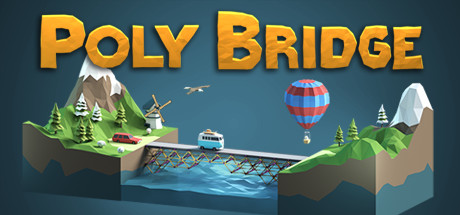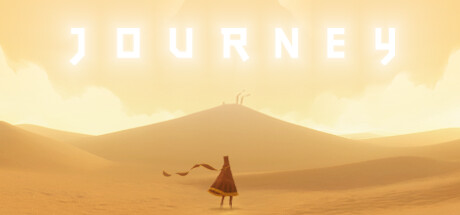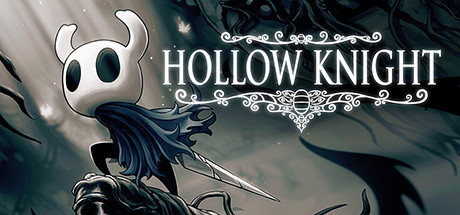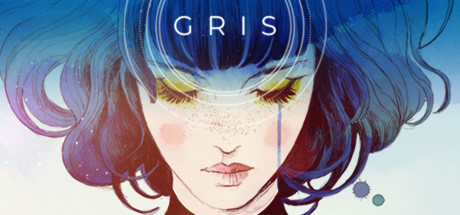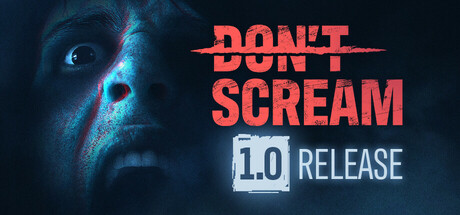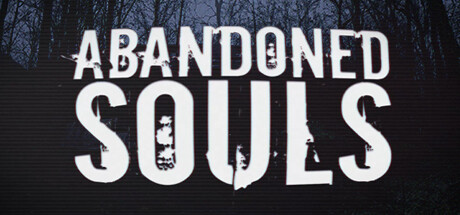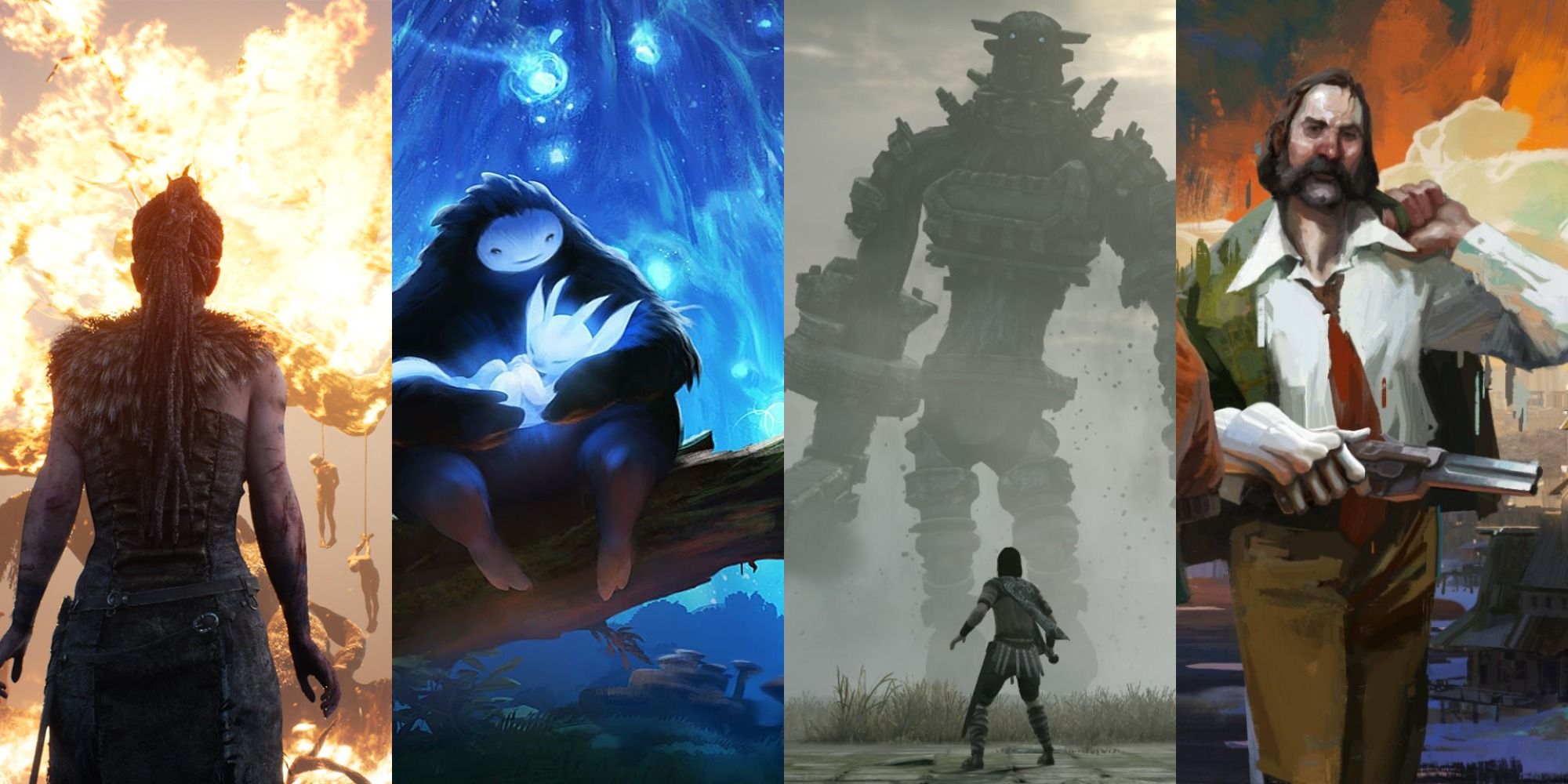
Part 3: Art Styles
Art Styles – Introduction
In video game development, the art style defines the visual identity and emotional tone of a game.
It goes beyond technical graphics, focusing instead on the artistic direction that shapes how players perceive the world and characters.
While high-end graphics can impress, it is the art style that makes a game truly memorable and unique.
Art styles are chosen deliberately to match gameplay, narrative, and audience expectations.
A realistic style might be perfect for immersive storytelling, while a cartoon or stylized approach can make gameplay more approachable and fun.
Developers often balance technical limitations with creative direction to establish a style that enhances the player’s experience.
Understanding art styles is essential for aspiring game designers and artists, as it helps them decide how best to visually communicate their ideas.
In this section, we’ll explore some of the most common art styles in gaming, their characteristics, and examples of how they are used effectively.
Realistic Art Style
The realistic art style aims to replicate the real world as closely as possible, focusing on accurate proportions, lifelike textures, and natural lighting.
This approach creates immersive environments where players feel like they are truly inside a believable world.
Realism is often used in AAA titles, where high production values and advanced technology allow for detailed character models, landscapes, and physics.
One of the key advantages of realism is its ability to enhance storytelling.
When characters and environments look lifelike, players can form stronger emotional connections and become deeply engaged in the narrative.
However, realism also requires significant resources, powerful hardware, and large development teams to achieve convincingly.
Realistic visuals are commonly chosen for genres like open-world adventures, simulations, and story-driven RPGs.
Some notable examples include:
- Red Dead Redemption 2 – A Western epic with breathtaking landscapes and lifelike detail.
- Call of Duty: Modern Warfare II (2022) – Military realism with highly detailed environments and characters.
- Gran Turismo 7 – A racing simulation praised for its photorealistic cars and tracks.

Poster: Steam
Stylized Art Style
The stylized art style takes inspiration from reality but exaggerates or simplifies elements to create a unique look.
Instead of focusing on lifelike visuals, it emphasizes artistic choices such as bold shapes, exaggerated proportions, and vibrant colors.
This approach allows games to stand out visually, often feeling timeless compared to purely realistic graphics that can age more quickly.
One of the major strengths of stylization is its flexibility.
Developers can create visually striking worlds without needing the enormous resources required for realism.
Stylized art can also make games more accessible, appealing to a wider range of audiences, including younger players, while still delivering memorable aesthetics.
Stylized games are found across many genres, from shooters to RPGs, and are often celebrated for their creativity and personality.
Some notable examples include:
- Fortnite – Bright, exaggerated visuals with cartoon-like characters.
- Overwatch 2 – Colorful hero designs with bold silhouettes and expressive animations.
- Sea of Thieves – A pirate-themed world with stylized water, characters, and environments.
Cartoon Art Style
The cartoon art style embraces simplicity, exaggeration, and humor, often resembling animated TV shows or comic books.
It uses bold outlines, bright colors, and playful character designs to create a lighthearted and approachable experience.
This style prioritizes expression and creativity over realism, giving developers the freedom to build fun and imaginative worlds.
A major advantage of cartoon visuals is their timelessness.
While realistic graphics may age quickly as technology improves, cartoon art often maintains its charm for years.
It is also highly flexible, making it suitable for both family-friendly games and quirky indie titles.
Cartoon-styled games often rely on exaggerated animations and humor to entertain players.
Some notable examples include:
- Cuphead – A run-and-gun platformer with visuals inspired by 1930s cartoons.
- Looney Tunes: World of Mayhem – A mobile RPG featuring iconic cartoon characters.
- SpongeBob SquarePants: Battle for Bikini Bottom – Rehydrated – A colorful remake of a classic cartoon-based game.
Pixel Art Style
The pixel art style is inspired by the limitations of early video game consoles, where graphics were built from small pixel blocks.
Despite its retro origins, pixel art has become a deliberate stylistic choice in modern games, offering nostalgic appeal while allowing for creative visual expression.
It combines simplicity with charm, often giving games a unique identity that resonates with both old-school and new players.
One of the strengths of pixel art is accessibility for indie developers.
It requires fewer resources compared to realistic graphics, yet it can still deliver powerful storytelling and atmosphere.
Pixel art can be highly expressive through color, animation, and clever use of detail, proving that technical simplicity does not mean artistic weakness.
Today, pixel art remains popular in genres like RPGs, platformers, and roguelikes.
Some notable examples include:
- Stardew Valley – A farming simulation game with charming 16-bit-inspired visuals.
- Celeste – A challenging platformer with beautifully crafted pixel art and emotional storytelling.
- Undertale – A narrative-driven RPG that uses pixel art to create a unique and memorable atmosphere.
Low Poly Art Style
The low poly art style is characterized by simple 3D models made with a small number of polygons, giving objects and characters a blocky, geometric look.
Originally born from the limitations of early 3D hardware, low poly has now become an intentional stylistic choice, appreciated for its clean, minimalist appearance.
It allows developers to create visually striking worlds without the heavy resource demands of high-detail realism.
One of the biggest strengths of low poly is its efficiency.
Because models are lightweight, games using this style can run smoothly on a wide range of hardware, making them popular for indie and mobile developers.
The simplicity also gives artists freedom to focus on color, composition, and atmosphere rather than ultra-detailed realism.
Low poly visuals can evoke nostalgia for early 3D games while also feeling modern and artistic.
Some notable examples include:
- Astroneer – A colorful space exploration game with clean low-poly environments.
- Poly Bridge – A creative physics-based puzzle game with low-poly visuals.
- Journey – A visually stunning adventure that combines minimalism with emotional storytelling.
Hand-Drawn Art Style
The hand-drawn art style is inspired by traditional illustration, where every character, environment, and animation is crafted to look like it was drawn by hand.
This style creates a unique artistic identity, often giving games a warm, organic, and personal feel compared to digital realism.
It allows developers to experiment with creative visuals that resemble storybooks, comics, or animated films.
A key strength of hand-drawn visuals is their ability to convey strong emotions and personality.
Because each asset is crafted with care, these games often feel more intimate and expressive.
They can range from whimsical and lighthearted to dark and atmospheric, depending on the artistic direction.
Hand-drawn styles are especially common in indie games, platformers, and narrative-driven experiences.
Some notable examples include:
- Hollow Knight – A dark and atmospheric Metroidvania with hand-illustrated environments.
- Gris – A visually stunning platformer that feels like a watercolor painting in motion.
- Cuphead – Combines hand-drawn animation with 1930s cartoon aesthetics.
Photoreal Art Style
The photoreal art style pushes the boundaries of visual fidelity, aiming to replicate real-world imagery with extreme accuracy.
Using advanced rendering techniques, detailed textures, and realistic lighting, these games blur the line between virtual environments and actual photography.
Photorealism enhances immersion by making players feel like they are truly inside a real-world setting.
One of the main advantages of photoreal visuals is their ability to create powerful atmospheres, especially in genres like horror and simulation.
When combined with sound design and gameplay, realistic graphics can amplify tension and emotional engagement.
However, this style is also the most demanding, requiring high-end hardware and extensive production resources.
Photoreal games often showcase the technical capabilities of modern engines such as Unreal Engine 5.
Some notable examples include:
- DON’T SCREAM – A found-footage horror game built in Unreal Engine 5 with lifelike forest environments.
- Abandoned Souls – A horror experience featuring realistic interiors and atmospheric lighting.
- Cursed Tape – A photorealistic horror game inspired by VHS aesthetics and unsettling realism.
Minimalist Art Style
The minimalist art style focuses on simplicity, using limited details, shapes, and colors to create clean and striking visuals.
Instead of overwhelming players with complex graphics, it emphasizes clarity and atmosphere through reduction.
This style often relies on strong composition, contrast, and symbolism to deliver an impactful experience.
One of the strengths of minimalist visuals is how they let gameplay and emotion take center stage.
By stripping away unnecessary detail, players can focus on the mechanics, story, or mood.
Minimalist design also tends to age well, maintaining a timeless aesthetic that feels fresh even years after release.
Minimalist games are common in indie titles and experimental projects, where simplicity enhances creativity.
Some notable examples include:
- Monument Valley – A puzzle game with simple geometric shapes and impossible architecture.
- Journey – A visually elegant game that uses minimalism to heighten emotional impact.
- Thomas Was Alone – A narrative-driven puzzle platformer where simple shapes represent complex characters.
End of Part-03 (Stylized Art Style)
Author: Pouria Mojdeh
Sources:
Book: The Gamer’s Brain
Book: Encyclopedia of Video Games: The Culture, Technology, and Art of Gaming [3 volumes]
Book: The Ultimate Guide to Video Game Design: Fundamentals
Website: Steam
Website: Nintendo
Website: Blizzard
Use of this material without proper attribution is not permitted.

